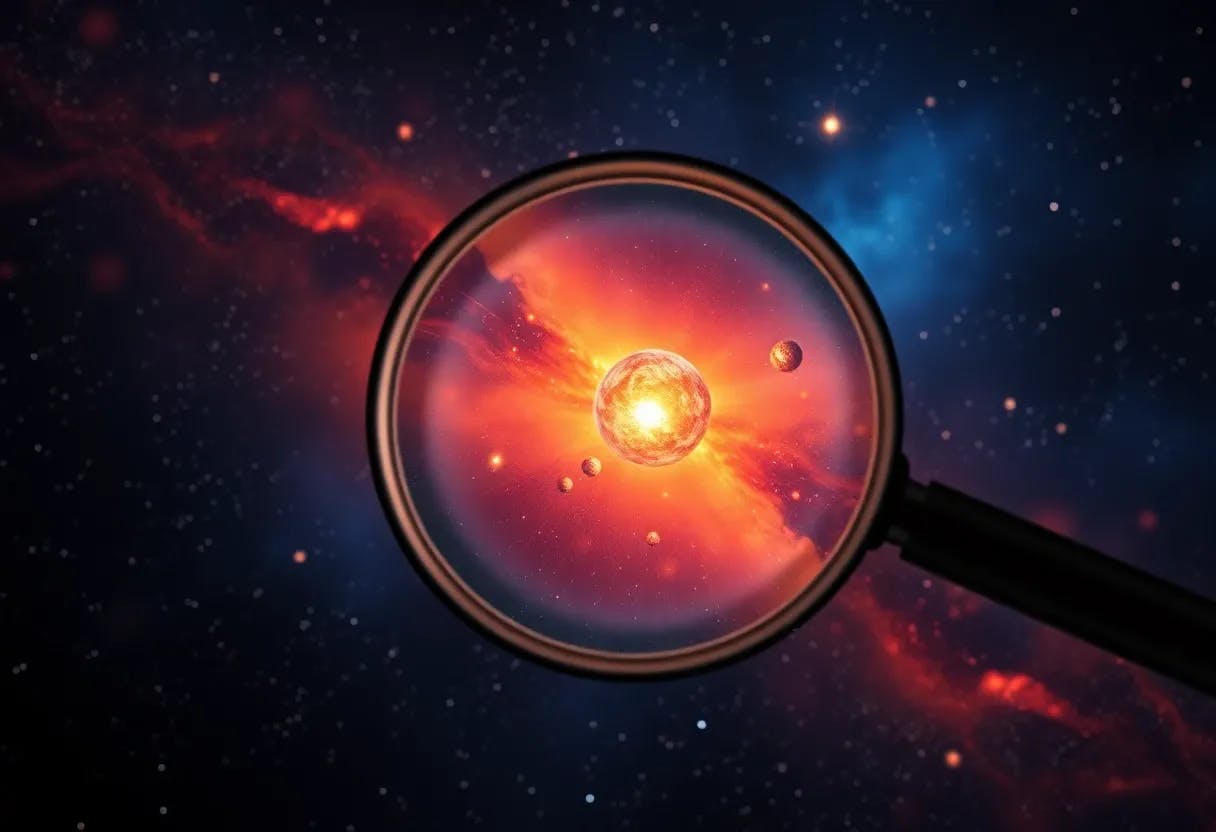Table of Links
Acknowledgements
1 Introduction to thesis
1.1 History and Evidence
1.2 Facts on dark matter
1.3 Candidates to dark matter
1.4 Dark matter detection
1.5 Outline of the thesis
2 Dark matter through ALP portal and 2.1 Introduction
2.2 Model
2.3 Existing constraints on ALP parameter space
2.4 Dark matter analysis
2.5 Summary
3 A two component dark matter model in a generic 𝑈(1)𝑋 extension of SM and 3.1 Introduction
3.2 Model
3.3 Theoretical and experimental constraints
3.4 Phenomenology of dark matter
3.5 Relic density dependence on 𝑈(1)𝑋 charge 𝑥𝐻
3.6 Summary
4 A pseudo-scalar dark matter case in 𝑈(1)𝑋 extension of SM and 4.1 Introduction
4.2 Model
4.3 Theoretical and experimental constraints
4.4 Dark Matter analysis
4.5 Summary
Appendices
A Standard model
B Friedmann equations
C Type I seasaw mechanism
D Feynman diagrams in two-component DM model
Bibliography
4.5 Summary
5 Summary
This thesis examines several models of Weakly Interacting Massive Particle (WIMP) dark matter and their implications from a phenomenological standpoint. These models are particularly intriguing due to the stringent constraints of direct detection experiments. In chapters 2 and 4, we explore models where the pseudo-scalar properties serve as both a mediator and a dark matter candidate, allowing them to evade the direct detection bounds. Additionally, in chapter 3, we delve into a two-component dark matter model and its relevant phenomenological features. Here, we provide a concise overview of each of these chapters.
Chapter 2 focuses on an ALP portal fermion dark matter model. This model is minimal, consisting of three right-handed neutrinos (RHNs) and one pseudo-scalar mediator known as ALP. The two RHNs mix with the three active neutrinos, generating neutrino masses through Type I seesaw mechanism (detailed in Appendix-C). The stability of the third RHN is ensured by a Z2 symmetry, making it a viable dark matter candidate. We then proceed to analyze the constraints imposed by neutrino mixing and ALP couplings to Standard Model (SM) particles. By incorporating these experimental bounds, we investigate the parameter space that allows for fermion dark matter, taking into account relic density, direct detection, and indirect detection constraints. Remarkably, the model exhibits a significant parameter space that satisfies the relic density constraint, and it also possesses detectable signatures for indirect searches such as Fermi-LAT or HESS.
In chapter 3, we explore a model of dark matter consisting of a scalar and fermion as components. This model is based on a generic U(1)𝑋 extension of the Standard Model (SM). To ensure the consistency of the model, we introduce three right-handed neutrinos, which necessitate the presence of the U(1)𝑋 gauge symmetry. Additionally, we incorporate two new complex scalars into the model. These scalars are singlets under the SM but carry charges under the U(1)𝑋 gauge symmetry. One of the scalars breaks the U(1)𝑋 gauge symmetry, while the other scalar is responsible for the scalar dark matter (DM).
In this model, we also include two Z2 symmetries. One of these symmetries applies to the right-handed neutrinos, while the other symmetry applies to the new scalar. As a result, both the scalars and fermions can potentially act as DM candidates. Furthermore, the two remaining right-handed neutrinos mix with the three active neutrinos, leading to the generation of neutrino masses through a Type I seesaw mechanism
Finally, we explore a few more U(1) models that allow for parameter space accommodating the two-component DM. This model offers a rich phenomenology and provides opportunities for testing and collaboration with colleagues.
We have previously discussed the WIMP DM models within the framework of the ALP portal and U(1)𝑋 extension. These models have been thoroughly analyzed, taking into account various theoretical and experimental constraints. The model we have discussed addresses certain issues associated with WIMP models, particularly the lack of direct detection of WIMP DM. Additionally, our models incorporate neutrino physics, including oscillation and mass mechanisms. These bottom-up models offer a fascinating range of phenomenology that can be explored through collider-based experiments.
However, it is worth noting that the standard DM mass in these WIMP DM models is limited to the range of a few GeV to TeV, which restricts the scope of our explored DM scenarios. There are other intriguing mass ranges for DM, such as ultralight dark matter, sub-GeV DM, and primordial black holes, among others. I intend to investigate these scenarios in future research. Furthermore, apart from considering different DM candidates, exploring the production mechanisms of DM is also an intriguing avenue for further exploration and study.
Author:
(1) Shivam Gola, The Institute of Mathematical Sciences, Chennai.













